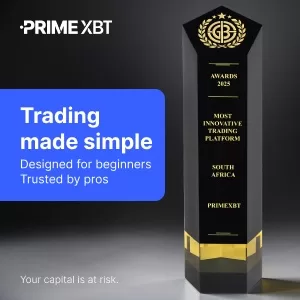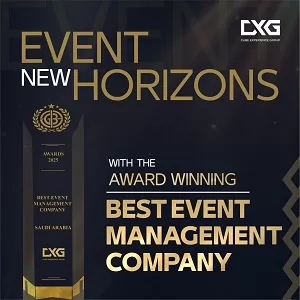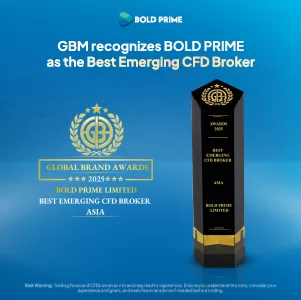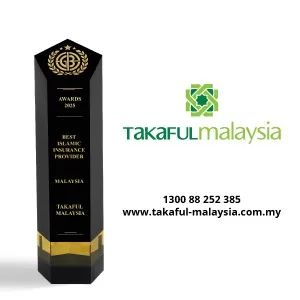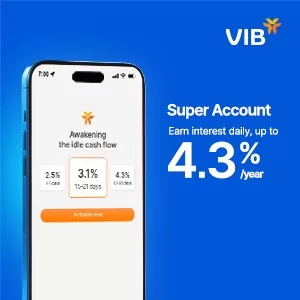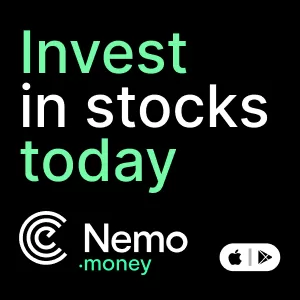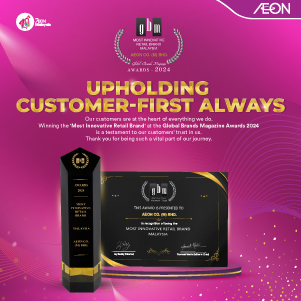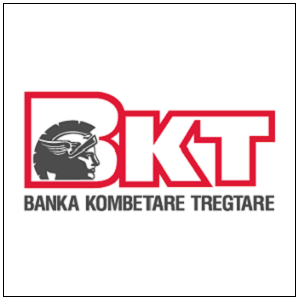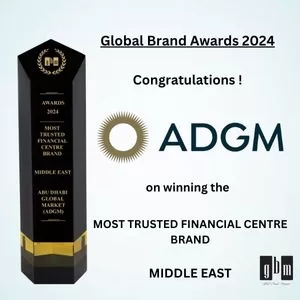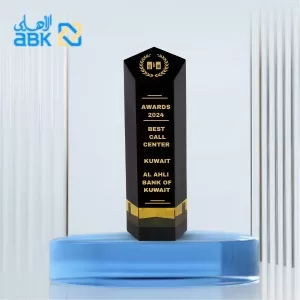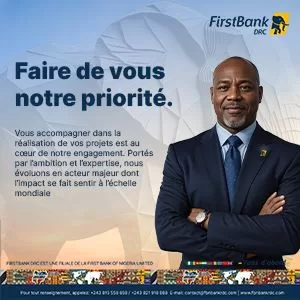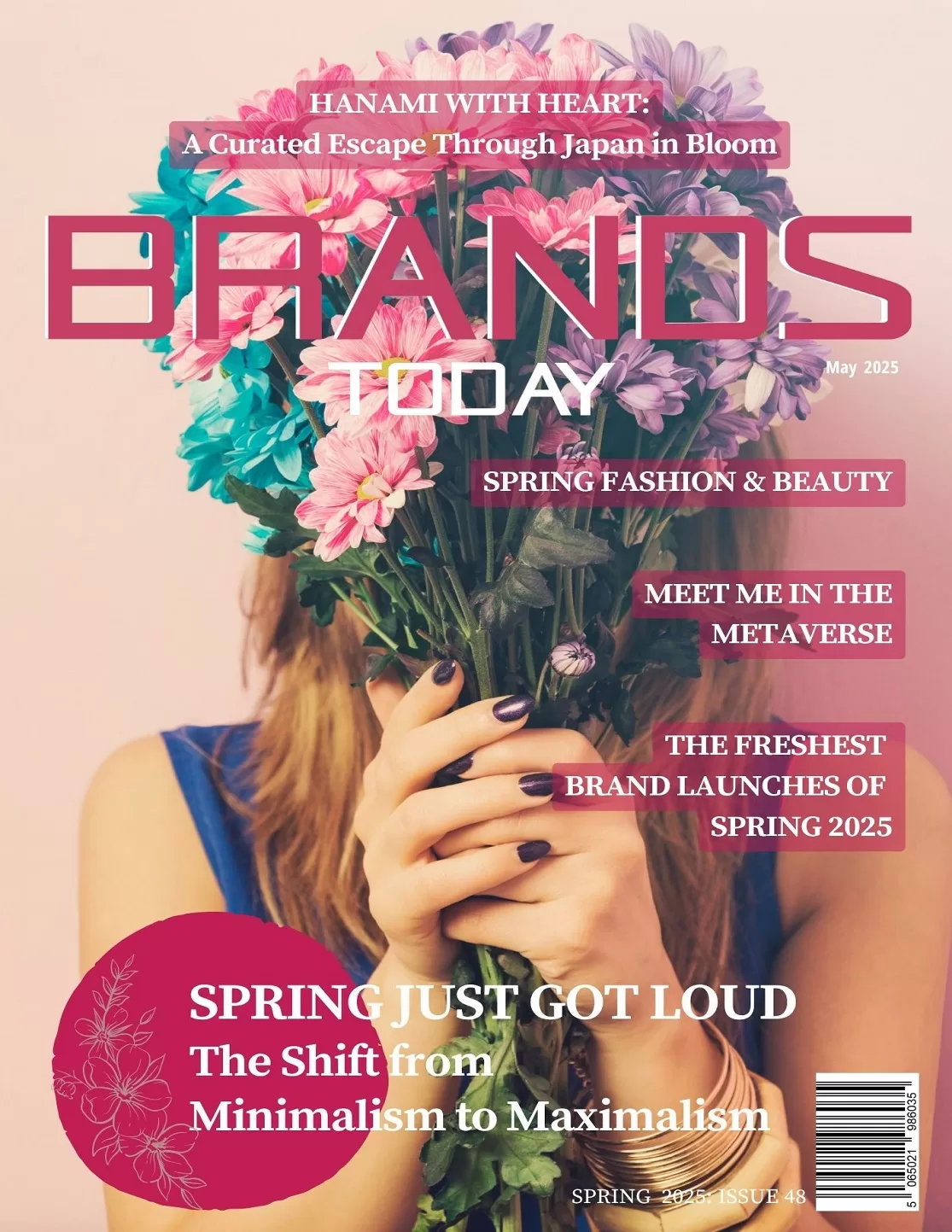Lifestyle
Graff Diamond Set to Shine at Sotheby’s: 35-Carat Ring Expected to Fetch £2.4 Million
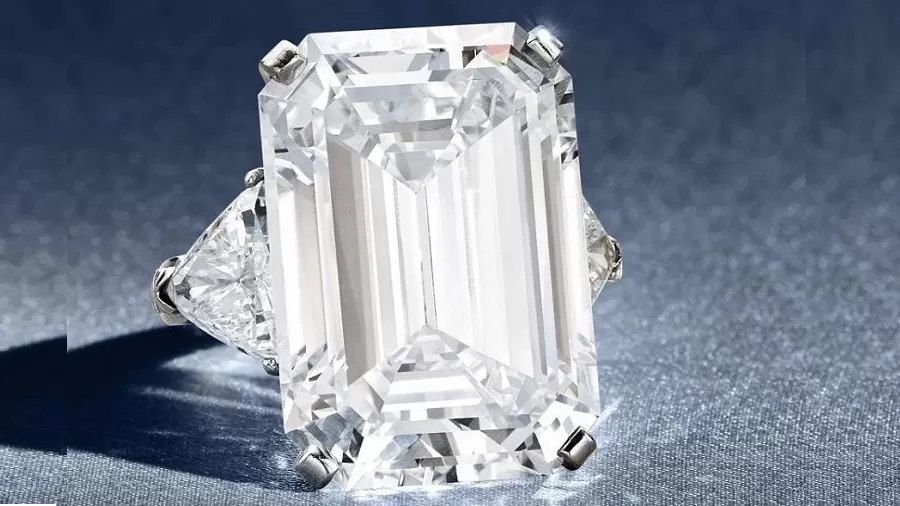
- On 13 June 2025, a 35.01-carat diamond ring crafted by Graff will go under the hammer at Sotheby’s New York.
- With an estimated value of up to $3 million (£2.4 million), the piece is a centrepiece of the “Joie de Vivre” collection, spanning six decades of private gifting.
A Rare Stone With a Rich Story
There are diamonds, and then there are diamonds that appear to weigh more than their carat. Graff’s 35.01-carat emerald-cut diamond ring, which will be auctioned at Sotheby’s New York on June 13, 2025, is one of those stones that feels like a time capsule rather than a transaction. Its story spans six decades of personal milestones and is part of a meticulously crafted collection called “Joie de Vivre: A Journey in Jewels”.
Not only does it stand out in size, but it also ranks high in technicalities. The diamond holds a D colour grade, meaning it is absolutely colourless and is at the very top of the grading scale. Its clarity is graded VVS2, which signifies almost flawless and is one grade away from being completely flawless. Flanking the centre stone are two triangle-shaped diamonds, all set in platinum. It’s a design that lets the quality of the stones speak for themselves.
You might be wondering what makes a diamond like this so desirable. For collectors, provenance matters as much as polish. This ring was part of a set of thirteen jewels gifted from husband to wife throughout their marriage. Every piece in the collection represents a chapter, from anniversaries to personal milestones. Each stone carries an emotional value that merges with its market value, giving potential bidders not just a rare object but a slice of human history.
Inside the World of Ultra-Rare Diamonds
When diamonds are cut from the earth, very few make it into the elite category of D-colour stones. Less than 1% of mined diamonds achieve this grade. Combine that with a weight of over 35 carats, and you’re looking at a level of rarity that moves the piece into what many refer to as “investment-grade” territory.
However, this ring serves as more than just a financial buffer. The emerald cut, with its subtle brilliance and clear lines, highlights the diamond’s perfection and symmetry. Emerald cuts, as opposed to round or princess cuts, are known for their clarity. It’s the cut of choice for buyers who value purity and proportion over spectacle.
There’s also the issue of certification. All Graff diamonds are laser-inscribed and come with a GIA (Gemological Institute of America) report. This gives buyers peace of mind. They’re not just buying beauty; they’re buying verified, documented rarity. For some, that kind of transparency is non-negotiable.
A Broader View of the Auction Market
The world of high jewellery auctions has changed in the past decade. What was once a niche collector’s game has opened up to a broader set of buyers, from emerging wealth segments in Asia to institutional investors diversifying through hard assets. This change has taken shape around Sotheby’s, one of the most venerable institutions of auctioning.
Striking records in recent years have indeed served to augment the image and fame of rare stones. A $21.9 million price was realised in the year 2022 for a 228.31-carat diamond called “The Rock”. Just a year later, a 55.22-carat ruby dubbed “Estrela de Fura” sold for $34.8 million. These sales aren’t just about jewellery; they’re about reputation, legacy, and scarcity.
It’s not unreasonable to think that the Graff ring could perform above estimate, especially given the additional narrative weight it carries from being part of the Joie de Vivre collection. Sentimental provenance has become a powerful factor in the valuation of luxury goods, as buyers increasingly look for items with stories attached. This isn’t just a diamond; it’s a piece of someone’s journey.
Who Buys a Diamond Like This?
The potential buyer pool for a 35-carat ring is not as small as you might think. In recent years, there has been a notable shift in buying behaviour. Private collectors, family offices, high-net-worth individuals, and even luxury funds now participate in jewellery auctions with the same seriousness they bring to art or property.
For some, the appeal is emotional—a once-in-a-lifetime gift or a statement piece. For others, it is strategic. During times of economic instability, jewellery has proven to be remarkably robust. Unlike tech stocks or real estate, diamonds do not lose value suddenly. The rarer the stone, the more probable it is to rise in value over time.
There’s also the issue of anonymity. Jewellery auctions enable discreet transactions. Buyers can get high-value things without the need for public records, which is becoming increasingly vital for those in charge of maintaining awareness surrounding luxury purchases.
What Happens on the Day of the Sale
On auction day, the room will be quiet but tense. Sotheby’s auctions are often a blend of in-room bidders, phone participants, and online offers coming in from around the world. Each bid nudges the price upward. Some auctions last minutes; others unfold over drawn-out sessions.
The ring is Lot 49 in the sale catalogue, giving it mid-session prominence—not buried early and not left until the final moments. That’s a good sign for anyone watching closely. Auctioneers usually position the most anticipated lots around the midpoint to keep attention high and momentum steady.
If bidding heats up, it could surpass the upper estimate of £2.4 million. When that happens, the room energy shifts. Bidders often push limits not just to win but to be seen winning. There’s a psychology to auctions that favours those who are prepared to act quickly and decisively.
Looking Beyond This One Ring
This Graff diamond is not the only notable lot in the “Joie de Vivre” collection, but it is the most valuable. Other pieces include signed vintage brooches, sapphire rings, and emerald necklaces—each linked to milestones in a marriage that spanned six decades.
The collection has already drawn interest from collectors who value not only design and rarity but also continuity. There is a strong emotional pull in knowing that these jewels were selected, given, and worn not as statements of wealth alone but as expressions of shared life moments.
That might be what gives this auction its edge over purely technical sales. The market knows how to price a diamond by carat and clarity. But how do you price love? Legacy? A memory mounted in platinum?
This is what makes the June 2025 auction worth watching. Not just for its numbers, but for its meaning.

